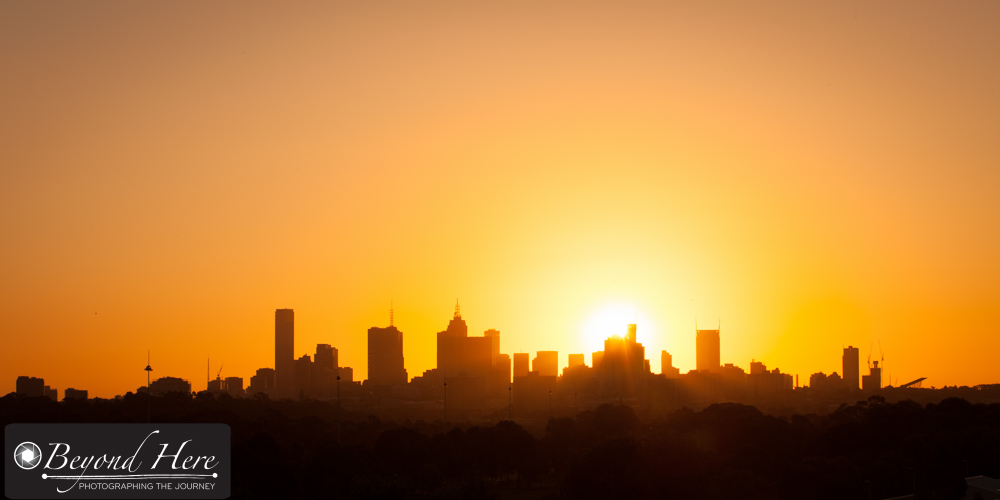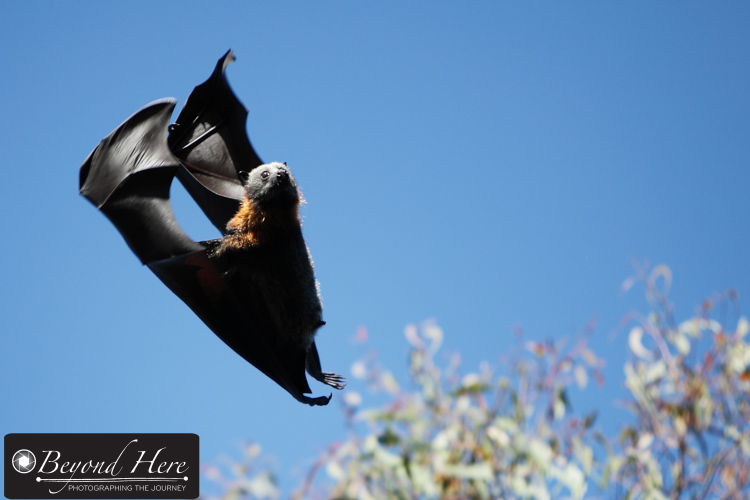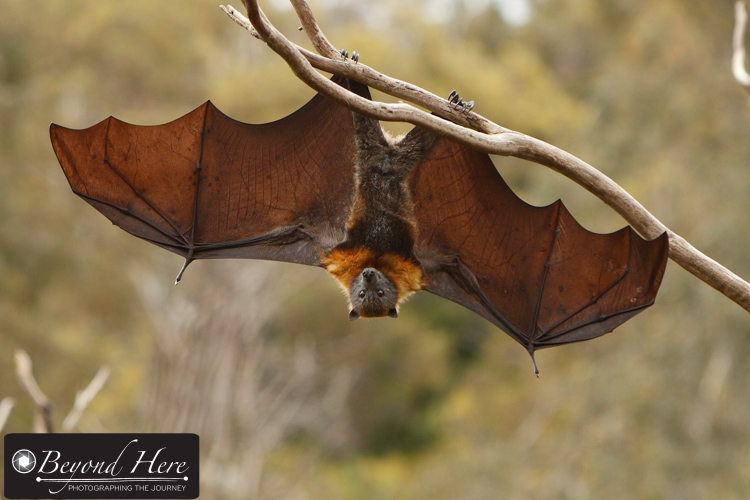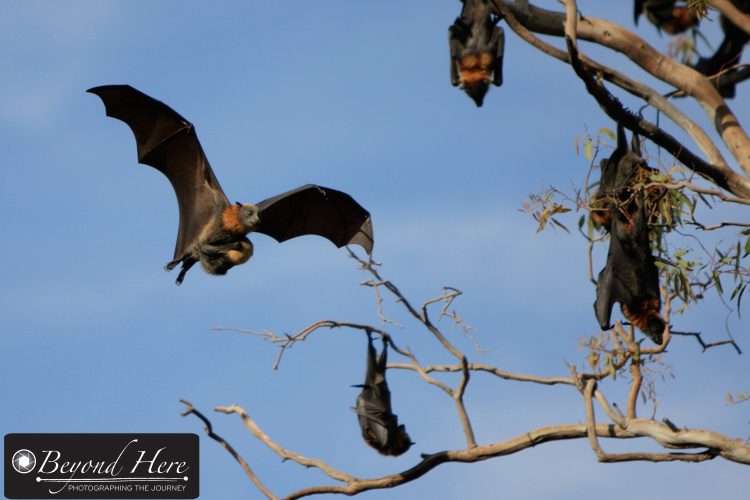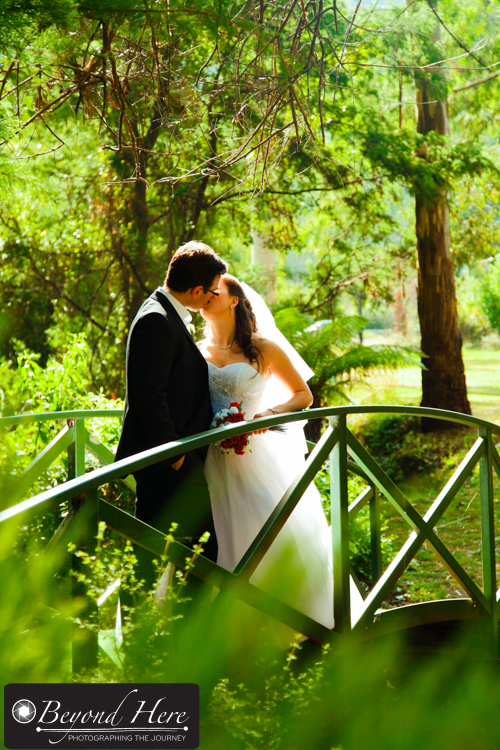This weekend I commented on an interesting post in a Facebook group. This led to a series of private messages asking me about starting in stock photography. While earlier posts on Beyond Here have covered elements of stock photography, I haven’t written a post for people considering getting started. So here it is – starting in stock photography.
First, let me tell you about the Facebook group. I am not a big Facebook user – you can find me at Craig Dingle Photography Pty Ltd – but have recently joined a forum called Aussie Photography. It is very impressive for the quality of images posted, but more for the positive environment created by the members. It must be very well moderated to achieve such a positive, helpful group. I encourage you to check it out, whether or not you live in Australia.
In that group I commented on a post where the member was inquiring about how to deal with issues associated with client cancellations. The photographer was doing 5-7 shoots per week but seemed to be struggling with cash flow. I suggested stock as one way to generate a steady cashflow. That lead to a wave of private mail messages. They were mainly asking for more detail about stock photography and how to get started.

Simple concepts can do very well as stock images
How Does Stock Photography Work?
Stock photography works on the principal that it will be easier and more cost effective to buy an existing image than to get a photographer to shoot a new one. For example, if you need an image of a koala, you can buy one for less than $20. That is going to be cheaper and quicker than getting a photographer to shoot a new image for you.
From the photographers point of view, the stock photography model works on the basis of generating a high number of downloads (sales) for a relatively small amount per download. And again, in the case of the koala image, the photographer uploads the image to the stock photography site, and that image can be downloaded by multiple buyers. I have images dating back to 2008 in my stock portfolio. It seems amazing that images taken back then are still generating an income for me.

A significant income is possible through stock photography
How Much Income is Possible?
This was the most common question I received after the Facebook post. Of course, the answer is – the sky is the limit. There are people generating hundreds of thousands of dollars per annum via stock photography. They are in the minority. But it is a pity that most of the people I swapped messages with today had a view that you couldn’t make real money in stock photography. It is possible to make a significant income, but it will start out small, and it will require persistence. I have uploaded over 1000 images per year for 6 years now. I am not in the top echelon of stock photographers, but have generated an income well in excess of 5 figures per annum for the last 3 years. I expect to be able to maintain that level, as outlined in this post.
What Type of Images are Popular?
This was the second most asked question after my Facebook post. It is not an easy one to answer. If you look on a stock photography site, you can search nearly any subject and find images with hundreds of downloads. Try, diced tomatoes, for some really well lit and successful stock images. Pick another obscure subject and you will find the same.
That said, if you can shoot images with a clear theme they have a good chance to be downloaded. Again, search a stock site for ‘global warming’, or ‘workplace bullying’ or just ‘bullying’. You will find clearly themed, well executed images which have been downloaded many, many times. Nice.
What if you don’t want to shoot images like those? Well, study the type of images you do like to shoot, and see what sells. I can tell you in advance that simple, plain, uneventful landscapes will not be popular. There are just too many of them. But, if you have landscapes that are very well lit, or contain iconic content (like the Sydney Opera House), they have a good chance to do well. (The Sydney Opera House can only be used in editorial images – I will explain that in another post).

Sydney Opera House
When people are starting in stock photography – I encourage them to shoot the type of images they like. If they are wildlife shooters – shoot wildlife. If you like shooting architecture, shoot architecture. Got the idea? As your skill level and success grow you will find other areas of interest that have a market.
What’s My Story?
I got started in stock photography in 2008. At that time, I wasn’t very successful but I could see the power of being able to shoot an image once, and have it downloaded for years afterwards. In many ways, stock photography is a form of passive income. Make the effort to shoot the image once, and get paid multiple times.
Like many stock photographers, it took me a long time to come to grips with the quality standards and to understand what types of images would sell. I like to shoot wildlife and first came across some success when shooting images of flying foxes. They are popular in the lead up to Halloween each year. While it is a fairly small market, I was able to do well by shooting a wide range of flying fox images and uploading them in the weeks before Halloween. At that time, there wasn’t much competition either – that has changed now.

I have been successful with Flying Fox images at Halloween
Today I have over 6000 images available to be downloaded. My most successful files are of people doing something and with a clear theme. (I still shoot and upload wildlife images, mainly because I like to).
What Stock Sites Should You Consider?
There are a growing number of stock sites where you can upload your work. But I would suggest starting in stock photography with the largest and best known sites because they have the most buyers. I suggest Shutterstock, Dreamstime, and iStockphoto. (You can find a link to iStockphoto on the right hand side on each page of this blog).
Each of these sites have millions of files available. Do a search on a topic that interests you. What is there? How can you add different files? Is there something to learn from the files which are successful?
What About Model Releases?
Where ever a stock image contains recognizable people, it will require a model release to be accepted by the stock library. A model release is a document that provides permission to use the person’s image. Model release templates are available from all the major stock photography sites. You simply download, complete, sign, and upload the release with your image. They are not hard – and once you are familiar with them they are straightforward.
Is Stock Photography Easy?
Starting in stock photography is easy. You just go to a stock photography site and open an account. Try, you will have it done in just a few minutes. But succeeding in stock photography is not easy. There is lots of competition and you need a large number of downloads to generate a meaningful income. That generally means you need a large number of files, and that takes time, skill, and persistence.
Can Anyone do It?
I believe anyone can succeed in stock photography (I can hear people criticizing that statement already!) One thing all successful stock photographers have in common is persistence. They research image concepts, shoot quality images, and repeat the process. They keep at it. Over time they build a large and diversified portfolio. They don’t give up. Persistence is the key.
Where to From Here?
I’ve tried to keep this post simple. If you have questions, please add a comment to this post. I will do my best to answer them for you. If you would like to receive a weekly update of popular posts on Beyond Here, please go to the top right of this page and sign up.
Give Me More!
If you are ready to get cracking, consider this ebook called Build a Five Figure Income in Your Spare Time through microstock photography. It is available to download for $5.
Thanks for reading this post. I wish you success as you are starting in stock photography!!










